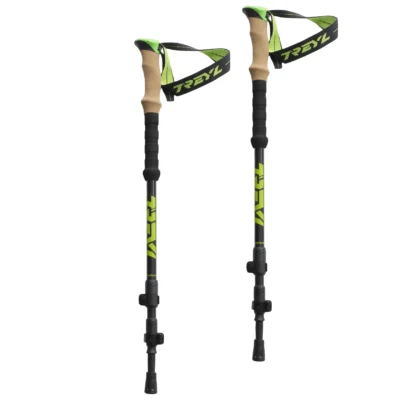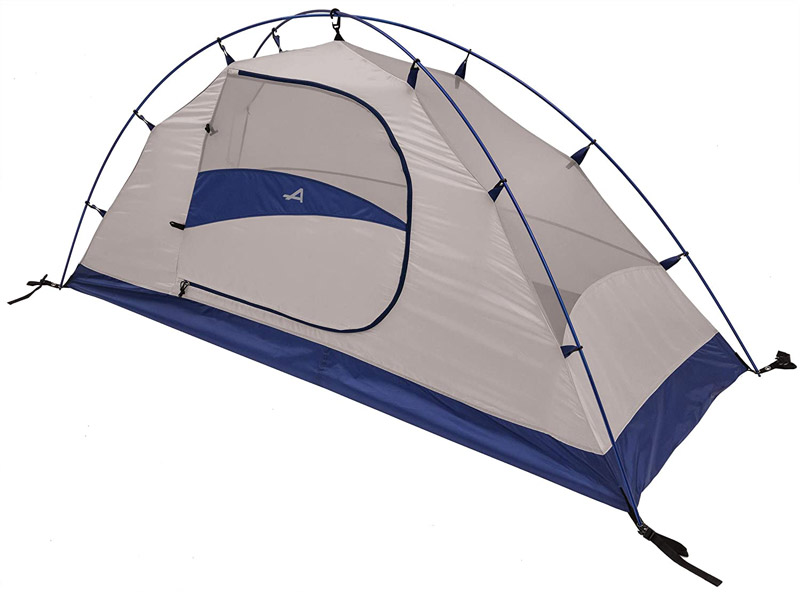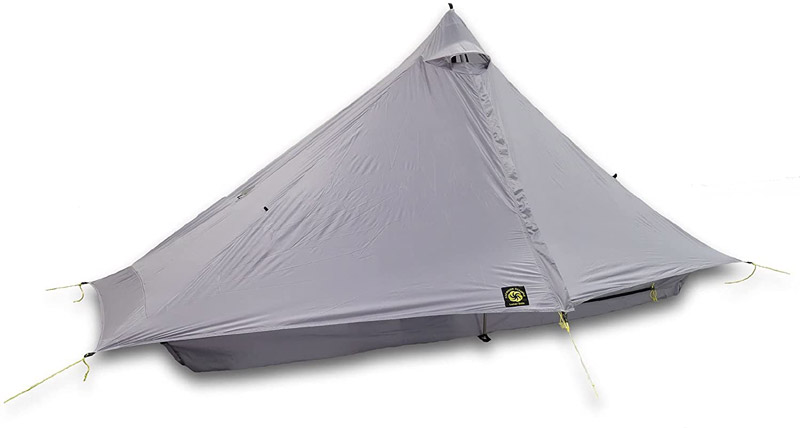Hiking
Hiking vs Trekking
You can be forgiven for thinking that hiking and trekking are the same thing, or using them interchangeably in sentence. However, there is a slight difference between what the two actually mean and we’ll go over that in this Hiking vs Trekking article.
Venturing into the woods, the wilderness, off-trail, shoes on feet and bag on back. Sure, in that way they are the same. Where the key difference comes in generally comes down to length of time on the trail: day hike or over-nighter (or more).
In this article we will dive further into the differences between the two, what factors affect your ability to partake either pursuit, as well as some basic gear recommendations to help you on your adventures.
Quick Gear Picks:
• Best Hiking Day Pack: Gelindo Lightweight Hydration Backpack (18L
• Best (VALUE) Backcountry Pack: Teton Sports Explorer 4000 (65L
• Our Favorite Hiking Poles: TREYL DuraLight Pro Trekking Poles
• Best Trekking Tent: Six Moon Designs Lunar Tent
What is the difference between hiking and trekking?
Hiking
”to walk or march a great distance, especially through rural areas, for pleasure, exercise, military training, or the like”.
Hiking is generally seen as a single day trip, ranging anywhere from a half hour stroll through the woods, all the way up to a 12 hour mountain summit.
On hiking trips you are primarily carrying yourself and supplies for the day; water, possibly a packed lunch or snacks and any apparel you may need for the weather that day. Hiking relates to an on-foot venture into nature without the intention of staying out overnight.
Trekking
“to travel or migrate slowly or with difficulty, especially to hike through rough terrain”.
As inferred above by the definition associated with travel or migration, trekking refers to overnight or multi-day hiking expeditions. On these treks your supplies such as shelter (tent, sleeping pad, sleeping bag), food and cookware are carried with you.
Whether a looped route, out-and-back or end-to-end trip, trekking is a more involved version of hiking that takes greater commitment across the board: physically, mentally and in overall preparedness (including being more gear intensive).
Factors to Consider
Fitness
Whilst all forms of hiking and trekking require a base level of fitness, generally speaking a greater fitness is required for trekking due to the length of time on the trail, and the additional weight of the packs.
Hikes can be planned for varying fitness levels, over different distances and different terrain. The benefit of these is usually that you mostly have yourself and your own fitness capabilities to worry about. Once you get into trekking, you are looking at sustained efforts across multiple days, long hours of hiking and usually around 40 pounds of weight being carried at all times.
Time
Hikes have the ability to be planned to fit within a schedule, anywhere from a couple hours free in the morning, to a day off on the weekend.
When it comes to multi-day treks these usually take more time (minimum 2 days, usually more), not only for the trek itself but also requires greater time put into planning and organization.
Conditions
Although weather in nature can turn on a dime, especially in the mountains, on most day hikes you have the availability of near-accurate weather forecasts, as well as the luxury of physically assessing the day.
When it comes to multi-day treks there is greater need for preparation for varying weather conditions, not only from day to day, but factoring in the temperature differences between the peak of the day and the cold of the night.
On most hikes if you are unfortunate enough to get wet, hopefully within a couple hours you will be home to a warm shower and a fresh change of clothes. On a multi-day trek, getting wet can become a little more of a challenge.
Mental Preparedness (Commitment)
Separate to general fitness levels, mental preparedness and commitment comes into play in a greater way when it comes to trekking.
Exposing yourself to long, sustained hiking efforts, along with the need to tough out the varying weather conditions and lack of creature comforts, makes more what can be an emotionally taxing experience, depending on how the journey plays out. Soreness, fatigue, bland freeze-dried meals, sleepless nights and wet gear are all challenges in themselves.
Safety
Keeping safe is always a key consideration regardless of how far or how long you plan to hike. Most day hikes occur in more traveled areas, usually within closer reach of vehicles or roads. Some treks may take you beyond an entire day’s hiking from the nearest reachable access point, elevating the overall risk and need for safety measures.
The use of devices such as an InReach or Spot device in areas without cellular service can be helpful, as well as informing people of your travel routes. Basic survival essentials are recommended to be taken on any hike, and becomes even more important on multi-day treks.
Required Gear
For most hikes and treks there is a reasonable amount of gear that needs to be considered, depending on the hike, terrain, conditions, time of day and individual needs.
Here is a detailed list of backcountry hiking gear recommendations. This list is primarily for multi-day trekking missions, however some items may also be worthwhile carrying on day hikes, such as a headlamp.
Hiking Gear Recommendations
- Hiking boots or shoes
- Backpack
- Tent
- Sleeping bag and sleeping pad
- Stove and fuel
- Kitchen supplies
- Plenty of food
- Water bottles and water-treatment supplies
- Weather-appropriate clothing
- Emergency and hygiene supplies
- Small repair kit
Backpacks
The size and style of your pack will depend on how long you are hiking for, and which gear you need to carry with you. On a small day hike you may only require a water bottle and a couple cliff bars. A multi-day trek may require you to carry a tent, sleeping bag, sleeping pad, multiple meals, additional clothing and more, all in the one bag.
Short Hike (0-6 hours)
Gelindo Lightweight Hydration Backpack (18L)
Long Hike (7-14 hours)
Fendong Waterproof Backpack (40L)
Multi-Day (1+ nights)
Teton Sports Explorer 4000 (65L)
Hiking/Trekking Poles

In recent times the use of hiking poles has become very popular when venturing into the woods.
Most poles are lightweight, collapsible, and affordable.
The benefits being that you have greater stability across uneven terrain and better energy dispersion throughout your body whilst hiking, taking a percentage of pressure and weight off your legs.
They also help you to get into a hiking rhythm.
The Treyl DuraLight Pros are our favorite go-to trekking pole. Check them out below.
Treyl DuraLight Pro Trekking Poles
The ultimate backcountry hiking pole that is strong enough to handle steep and deep terrain, yet light enough to make you smile.
Backcountry Tents
Not required for day hikes, backcountry tents are usually needed for most trekking missions unless there is built accommodation along the way. The preferred size and style of tent may vary depending on your party size, and weight you are willing to carry.
1 Person – ALPS Mountaineering Tent
2 Person – Kelty Late Start Backpacking Tent
Trekking Pole Tent – Six Moon Designs Lunar Tent
Summary
Both day hiking and multi day trekking have their own sets of challenges and equally great rewards; each requiring different levels of preparation in fitness, planning and equipment.
Whether you enjoy single day missions, or game enough to venture days into the backcountry, there aren’t many feelings more satisfying than leaving the world behind and hiking out into the wild.
Happy hiking/trekking!



